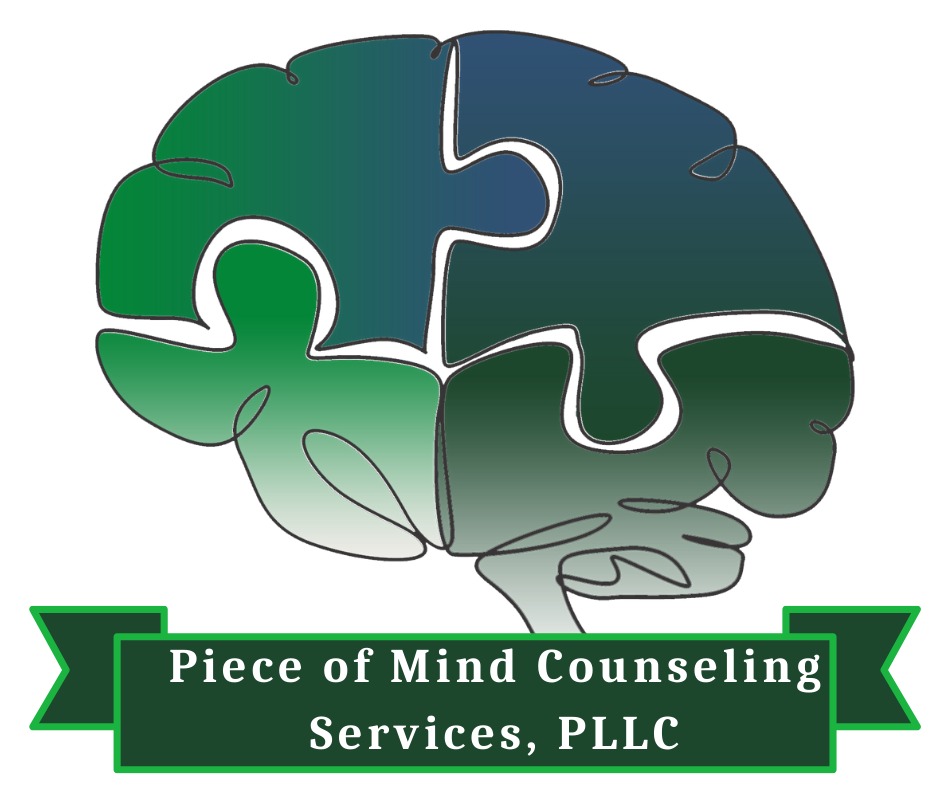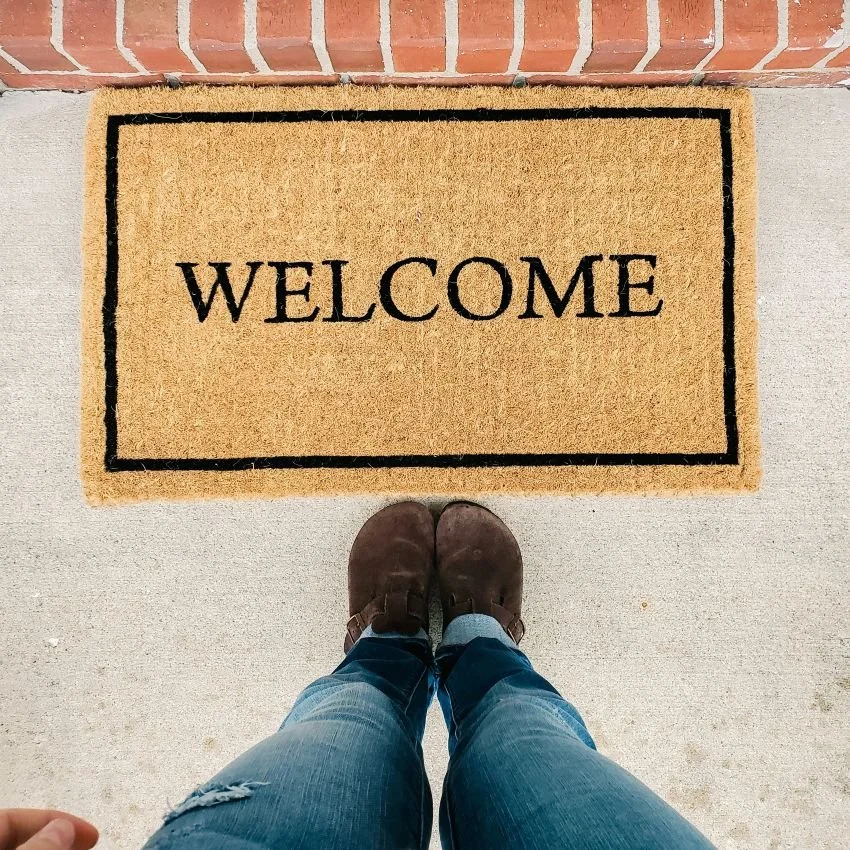What to Expect in Your First Trauma Therapy Session
Taking the First Step
Deciding to begin trauma therapy can feel both hopeful and intimidating. You may be wondering: What will happen in the first session? Will I have to share all the details of my past? What if I get too overwhelmed?
These are completely normal concerns. The truth is, your first trauma therapy session is about creating safety, building trust, and
helping you feel comfortable—not about diving into painful memories right away.
Learn more about trauma therapy support here »
Setting the Stage: Your First Meeting
In your first session, your therapist’s main goal is to get to know you and understand what brought you to therapy. You can expect to:
Share a little about what’s been going on in your life.
Talk about your goals and what you’d like to get out of therapy.
Ask any questions you have about the process.
You’ll never be pressured to share details you’re not ready for. This is about creating a safe space where healing can begin at your pace.
Building Safety and Coping Skills
Before addressing trauma directly, your therapist will likely spend time helping you build tools to feel grounded and supported. This might include:
Breathing and relaxation techniques to calm your nervous system.
Grounding skills to bring you back to the present if you feel triggered.
Safe place visualization to create an internal sense of security.
These coping skills help ensure that when you do begin processing trauma, you feel steady and in control.
Do You Have to Talk About the Trauma Right Away?
No. In fact, most trauma therapists don’t jump into reprocessing painful memories in the very first session. Instead, the focus is on:
Building trust in the therapeutic relationship.
Helping you feel safe and supported.
Making sure you have tools to manage any difficult emotions.
Over time, when you feel ready, you may move into trauma-specific approaches like EMDR therapy or Accelerated Resolution Therapy (ART).
When EMDR or ART Come Into the Picture
Once you feel comfortable and prepared, your therapist may introduce structured trauma therapies like EMDR or ART:
EMDR therapy uses guided eye movements, taps, or sounds to help your brain reprocess traumatic memories so they no longer feel overwhelming.
ART focuses on replacing distressing mental images with more calming ones, often providing relief more quickly.
These methods are introduced gradually and always at a pace that feels safe for you.
Common Feelings After Your First Trauma Therapy Session
It’s normal to feel a mix of emotions after your first session—relief that you’ve taken the first step, some nervousness about the journey ahead, or even hope that healing might finally be possible.
Remember: starting therapy is not about having everything figured out. It’s about giving yourself permission to receive support.
A Gentle Invitation to Begin Healing
Your first trauma therapy session is less about “doing the work” and more about creating a safe foundation for healing. You don’t have to carry the weight of trauma alone. With the right support, you can move forward at your own pace and begin to feel more grounded, confident, and at peace.
👉 Schedule your free 15-minute consultation today to learn what trauma therapy can look like for you.


